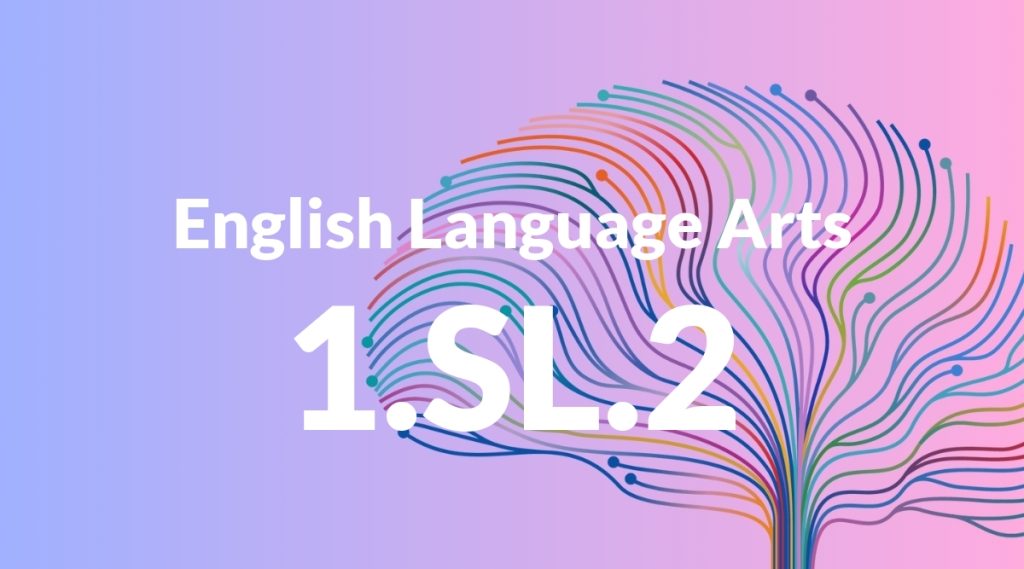Standard: 1.SL.2 – Ask and answer questions about key details in a text read aloud or information presented orally or through other media.
Grade level: Grade 1
Subject: English Language Arts
Domain: Speaking & Listening
Teacher Overview
This standard emphasizes the importance of students being able to ask and answer questions about key details in various forms of media. It is crucial for developing their listening and comprehension skills, which are foundational for all future learning. Students should be able to listen attentively and understand basic questions about familiar topics.
After mastering this standard, students will be able to engage in more complex discussions, summarize information, and make connections between different pieces of information presented orally.
Common Misconception 1
Some students may think their role is only to ask questions and not to answer them. This is incorrect because understanding and engaging with the content involves both asking and answering questions to deepen comprehension.
Intervention 1
Teachers can model the process of asking and answering questions during read-aloud sessions, showing the importance of both roles and encouraging students to practice both.
Common Misconception 2
Students might focus on trivial details rather than key details, which can hinder their understanding of the main ideas. It’s important to guide them to identify and focus on the most important information.
Intervention 2
Teachers can help students identify key details by asking targeted questions and providing examples that distinguish between main ideas and trivial details.
Prerequisite Knowledge
Students should be able to listen attentively to a speaker and understand basic questions about familiar topics.
Subsequent Knowledge
Students will develop the ability to engage in more complex discussions, summarize information, and make connections between different pieces of information presented orally.
Instructional Activities
- Read a short story aloud and have students ask and answer questions about the key details.
- Show a short educational video and discuss the main points with the class.
- Conduct a class discussion on a familiar topic and encourage students to ask clarifying questions.




